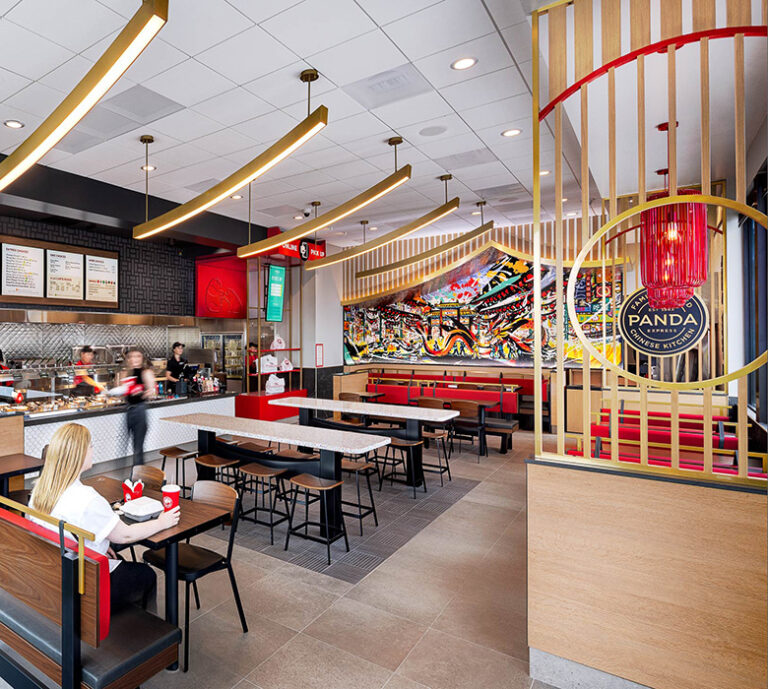In Chain Store Age our Executive Director of Strategy, Bill Chidley, shares what aspects of the customer experience are being overlooked, and what new metrics could offer brands a fresh perspective.
As consumers grapple with increasing constraints on their resources, the retail industry finds itself at a critical juncture, confronting the question of how experiences can provide more value in these challenging times. Gen Zers are openly expressing their anxiety and despair over their financial situations on social media, and even trading down has become an expensive proposition. Brands face rising substitutability, but one of their most formidable competitors is consumer avoidance—the decision to simply go without.
The stakes extend beyond merely driving consumer choice; the imperative is to create demand, not just for goods and services but especially for experiences beyond a device screen. Retailers and foodservice brands contend with escalating costs across the board, from goods to transportation, labor, and utilities, and they’re passing these costs along to consumers. As prices increase, there needs to be an experiential counterweight—the experience must provide additional value or, at the very least, adhere to an experiential “hippocratic oath” to do no harm.
Retail faces a perfect storm of experience drawbacks: higher prices, diminished service levels, and a pervasive distrust of cutting-edge AI technologies. Being genuinely customer-centric has never been more challenging. And the asymmetry in service that consumers observe in the marketplace only heightens this difficulty. Hyper-successful brands can afford to deliver service levels that are disproportionate to the rest of the market, thereby raising expectations across the board. Chick-fil-A sets a high standard with its legion of enthusiastic employees swarming the drive-thru, and fast-food sales-per-store which are three to four times higher than average. Similarly, Apple, with their substantial margins and dedicated employees and fans, provide in-store engagement that’s difficult to replicate elsewhere.
Innovation is imperative, but where should we focus our efforts? What aspects of the customer experience are being overlooked, and what new metrics should we be tracking? Historically, retail has been primarily focused on financial key performance indicators (KPIs), with every other metric ultimately feeding into financial success—customer satisfaction, retention, frequency, and average check or basket size. While sales will always reign supreme, are there other KPIs we should be considering? KPIs that could offer a fresh perspective on the customer experience and help us determine what experiences must deliver in this challenging new landscape.
Read the full article in Chain Store Age.



